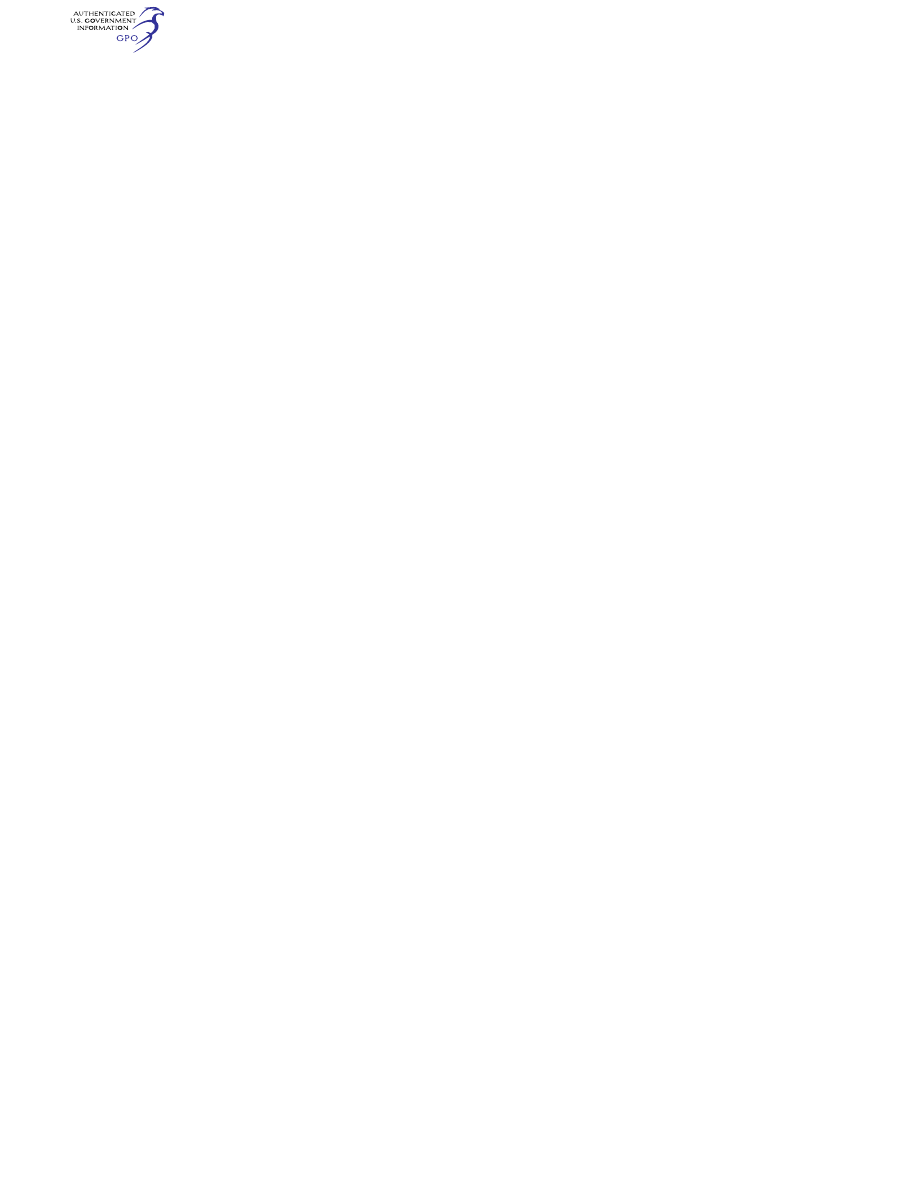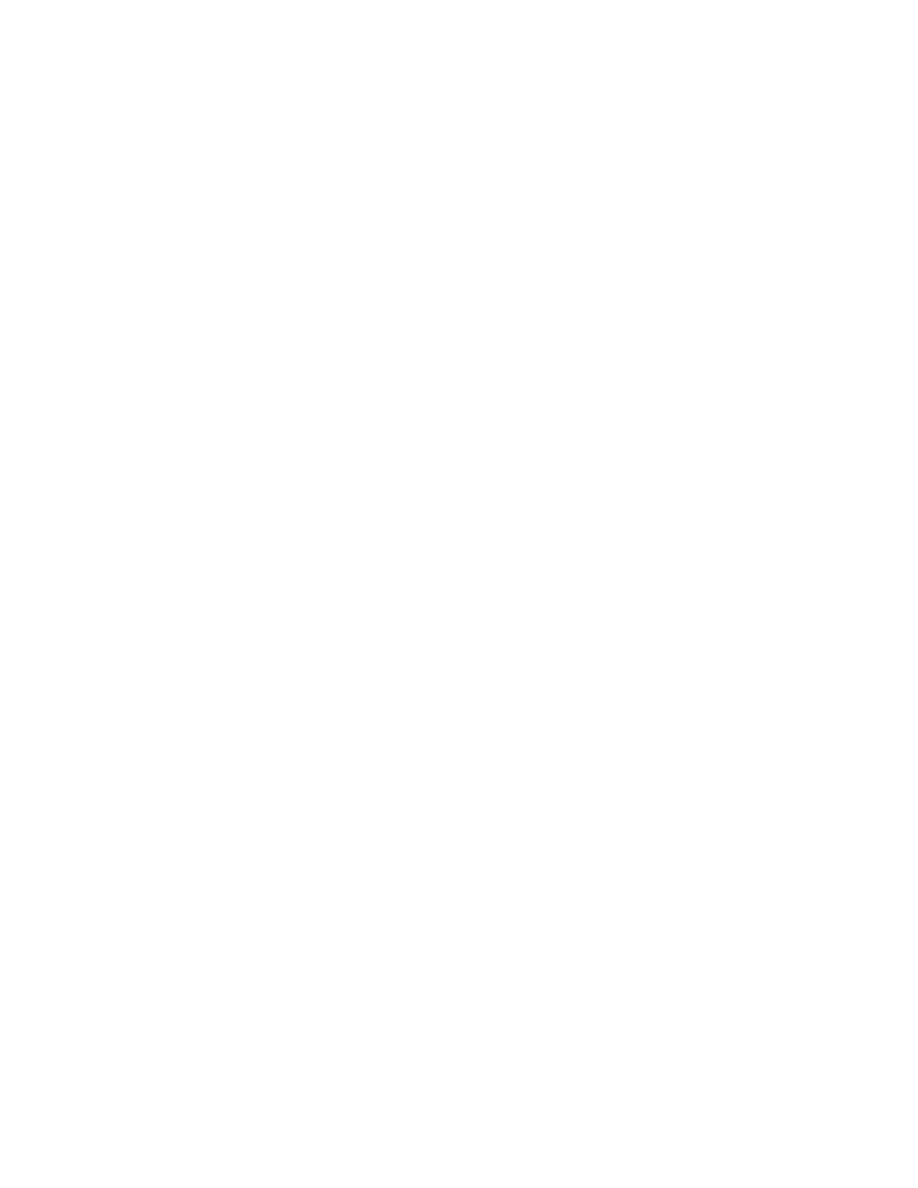
148
14 CFR Ch. I (1–1–24 Edition)
§ 121.345
(e) All airplanes subject to this sec-
tion are also subject to the require-
ments and exceptions stated in
§ 121.344(g) through (k) and § 121.346.
(f) For airplanes that were manufac-
tured before August 18, 1997, the fol-
lowing airplane types need not comply
with this section, but must continue to
comply with applicable paragraphs of
§ 135.152 of this chapter, as appropriate:
Beech Aircraft–99 Series, Beech Air-
craft 1300, Beech Aircraft 1900C,
Construcciones Aeronauticas, S.A.
(CASA) C–212, deHavilland DHC–6,
Dornier 228, HS–748, Embraer EMB 110,
Jetstream 3101, Jetstream 3201, Fair-
child Aircraft SA–226, Fairchild Metro
SA–227.
(g) All airplanes subject to the re-
quirements of this section that are
manufactured on or after April 7, 2010,
must have a digital flight data recorder
installed that also—
(1) Meets the requirements in
§ 23.1459(a)(3), (a)(6), and (a)(7) or
§ 25.1459(a)(3), (a)(7), and (a)(8) of this
chapter, as applicable; and
(2) Retains the 25 hours of recorded
information required in § 121.344(g)
using a recorder that meets the stand-
ards of TSO–C124a, or later revision.
[Doc. No. 28109, 62 FR 38380, July 17, 1997; 62
FR 48135, Sept. 12, 1997; 62 FR 65202, Dec. 11,
1997, as amended by Amdt. 121–300, 68 FR
42936, July 18, 2003; Amdt. 121–338, 73 FR
12566, Mar. 7, 2008; Amdt. 121–338, 74 FR 32801,
July 9, 2009; Amdt. 121–347, 75 FR 7356, Feb.
19, 2010]
§ 121.345 Radio equipment.
(a) No person may operate an air-
plane unless it is equipped with radio
equipment required for the kind of op-
eration being conducted.
(b) Where two independent (separate
and complete) radio systems are re-
quired by §§ 121.347 and 121.349, each
system must have an independent an-
tenna installation except that, where
rigidly supported nonwire antennas or
other antenna installations of equiva-
lent reliability are used, only one an-
tenna is required.
(c) ATC transponder equipment in-
stalled within the time periods indi-
cated below must meet the perform-
ance and environmental requirements
of the following TSO’s:
(1)
Through January 1, 1992:
(i) Any
class of TSO-C74b or any class of TSO-
C74c as appropriate, provided that the
equipment was manufactured before
January 1, 1990; or
(ii) The appropriate class of TSO-C112
(Mode S).
(2)
After January 1, 1992:
The appro-
priate class of TSO-C112 (Mode S). For
purposes of paragraph (c) (2) of this sec-
tion, ‘‘installation’’ does not include—
(i) Temporary installation of TSO-
C74b or TSO-C74c substitute equip-
ment, as appropriate, during mainte-
nance of the permanent equipment;
(ii) Reinstallation of equipment after
temporary removal for maintenance; or
(iii) For fleet operations, installation
of equipment in a fleet aircraft after
removal of the equipment for mainte-
nance from another aircraft in the
same operator’s fleet.
[Doc. No. 6258, 29 FR 19205, Dec. 31, 1964, as
amended by Amdt. 121–101, 37 FR 28499, Dec.
27, 1972; Amdt. 121–190, 52 FR 3391, Feb. 3,
1987]
§ 121.346 Flight data recorders: fil-
tered data.
(a) A flight data signal is filtered
when an original sensor signal has been
changed in any way, other than
changes necessary to:
(1) Accomplish analog to digital con-
version of the signal;
(2) Format a digital signal to be
DFDR compatible; or
(3) Eliminate a high frequency com-
ponent of a signal that is outside the
operational bandwidth of the sensor.
(b) An original sensor signal for any
flight recorder parameter required to
be recorded under § 121.344 may be fil-
tered only if the recorded signal value
continues to meet the requirements of
Appendix B or M of this part, as appli-
cable.
(c) For a parameter described in
§ 121.344(a) (12) through (17), (42), or (88),
or the corresponding parameter in Ap-
pendix B of this part, if the recorded
signal value is filtered and does not
meet the requirements of Appendix B
or M of this part, as applicable, the cer-
tificate holder must:
(1) Remove the filtering and ensure
that the recorded signal value meets
the requirements of Appendix B or M of
this part, as applicable; or
